The ramifications of inaccurate cost estimations can be heavy on your construction business. For example, if you overestimate project costs, you’ll lose in competitive biddings, and clients may label you a scammer, hence, hurting your reputation. On the other hand, drastic underestimation of projects, especially the large ones, can quickly drag you into bankruptcy.
Luckily, with the advent of modern construction estimating software, you don’t have to grapple with these consequences. The platform streamlines construction cost estimation, speeding up the exercise, and simultaneously increasing accuracy. Besides, with these programs, data input is quicker, and sharing estimates becomes a piece of cake.
However, considering that the market is flooded with service innovations, finding the best construction estimating software can be a daunting task. The exercise can be even more difficult if you don’t have enough knowledge of this software category.
To save you the hassle, we’ve compiled all the basic information about construction estimating software. We’ll discuss how it works, its features, and its benefits. The goal is to empower you with the information you need to pick a solution that can streamline your cost estimation process.
What is Construction Estimating Software?
As the name suggests, a construction estimating software is a suite of tools that helps construction professionals estimate the overall cost of a project. These programs use digital project drawings, digital blueprints, and spreadsheets to evaluate the total project cost from the inception stage to the final project launch.
Contractors, engineers, architects, project managers, and even designers leverage construction estimating software to create competitive yet accurate bids. In this way, they can win bids in the competitive construction arena, meet industry expectations, and uphold their firm’s reputation.
Most estimating software solutions are typically marketed to contractors. However, depending on the features the software provides and the nature of construction work you do, the solution can be of great help for your team. For example, if your business handles frequent cost-based estimates and adjustments, you can use estimating software to simplify your operations.
List of Best Construction Estimating Software
By now, you know what construction estimating software is, its key features, and benefits. In this section, we’ll put generalizations aside and delve into some of the best construction estimating software on the market. These are the products you can use to improve cost estimation:
- Active Takeoff: A software built to help engineers, real estate developers, contractors, and architects improve productivity on all takeoff and estimating jobs. Boasting an intuitive interface, powerful features, and inherent simplicity, the platform saves time, improves accuracy, and reduces costs. It offers 2D takeoff, conversion calculator, on-screen takeoff, image importing, and automatic scaling. Active Takeoff pricing varies based on the number of activation licenses you wish to buy. The pricing starts at $649 for a single activation license, plus a $99 yearly renewal fee.
- HeavyBid: A robust estimation and bidding software designed for contractors in the construction, oil and gas, utility, transportation, and power industries. The platform enables users to accurately generate comprehensive cost estimates and convert them into winning bids. It provides robust features that include reporting/analytics, quote management, what-if analysis, subcontractor management, photo documentation, and custom calculation routines. Besides, the solution provides tools that help contractors manage key assets and keep projects on budget and track. HeavyBid pricing isn’t publicly available, so be sure to contact the vendor for detailed pricing information.
- Candy: A powerful construction management software built primarily to inject control into construction and engineering projects. It streamlines estimating, quantity takeoffs, planning, project forecasting, subcontractor management, earned value management, and cash flow. In particular, Candy’s estimating module wraps a host of user-friendly tools. The tools are designed to cater to the estimating and tendering needs of contractors. As such, they improve accuracy and boost bid success, all while saving time and money. Candy’s pricing is not available to the general public. Contact the vendor for a comprehensive price quote.
- Sage Estimating Software: A robust solution primarily designed for construction companies. However, it’s a flexible platform that can easily be adapted for users in the oil and gas industries. Fundamentally, the software enables project teams to create well-broken down cost estimates for various projects. Sage Estimating enables users to create estimates for 2D and 3D plans. It also comes with a comprehensive collection of pre-populated cost databases and powerful digital takeoff tools. Better still, the solution works seamlessly with leading BIM applications. Sage Estimating pricing is not available to the general public. Should you want to use the solution, be sure to contact the vendor for more information.
- CauseWay: This is a reliable estimating software for contractors in the design, construction, fit-out, and civil engineering industries. Primarily, the platform enables users to improve accuracy and cut costs to increase the productivity of their tendering process. Besides, the solution boosts collaboration and delegation of tasks across multiple estimators. Some notable CauseWay features include eTender, CAD/BIM Measure, reporting and analytics, pre-contract intelligence, document library, and Spreadlets. CauseWay offers three pricing bundles, namely Essentials, Professional, and Enterprise. Contact the vendor for a detailed price quote.
- Buildertrend: A cloud-based construction management software designed for custom builders, home builders, remodelers, and specialty and commercial contractors. The platform provides robust tools that help users manage the pre-sales process, project management, financials, and customer management. One of its notable features for the pre-sales process is the cost estimating tool. This tool enables you to create accurate estimates and proposals that land more leads and win projects. Buildertrend pricing is modeled to cater to the needs of businesses of different sizes. The pricing starts from $299/month to $499/month. Even better, the vendor offers customized pricing for businesses that want tailor-made software built primarily to meet their needs.
- CoConstruct: A robust project management software designed for remodelers and home builders. Primarily, the solution provides powerful tools that enable users to coordinate projects, communicate with clients, and control their finances. Particularly, CoConstruct supports single-entry estimating. It allows you to create estimates, and build specs and selections with ease. Other notable ConConstruct features include streamline bidding, file-sharing, make selections easy, effortless proposals, track to-dos, lead management, and easy timesheet management. The vendor offers flexible pricing which starts from $199/month to $299/month.
- Esticom: This tool is primarily designed to streamline construction take-off and estimation for the electrical, plumbing, structure cabling, security, painting, fire safety, and HVAC sectors. It is a cloud-based solution that wraps bid management, estimating, and quantity take-off in one robust platform. This way, it eliminates the need for time-consuming digitizers, Excel spreadsheets, and disparate take-off tools. Ultimately, Esticom provides easy-to-use tools that enable users to build accurate cost estimates that win more projects. Some of its notable features include bid management, construction take-off, and project template creation. Esticom pricing is not available to the general public. Contact the vendor for detailed pricing information.
- Knowify: A reliable construction management software built to remove the hurdles of the construction contracting business. The platform enables professionals in residential contracting, construction, and service work to create bids and contracts with ease. Most importantly, the solution comes with an innovative job costing and estimating module. This module lets you itemize material and labor budgets to generate accurate cost estimates. Moreover, with Knowify, it’s easy for professionals in the construction industry to schedule tasks and track time. Knowify pricing starts from $54/month to $264/month.
- On-Screen Takeoff: An intuitive estimating takeoff solution used by construction professionals to improve the accuracy of onscreen take-off (OST). The platform enables users to compute cost estimates on a simple interface with just a few clicks. The best part is that the estimates are automatically saved for a quick headstart on your next estimate and bids. This way, it saves time and reduces the errors associated with manual estimates. Other notable features include intelligent paste logic, overlay, style sheets, multi-condition takeoff, and annotations and callouts. On-Screen Takeoff pricing isn’t available to the general public. Contact the vendor for a comprehensive price quote.
How Does Construction Estimating Software Work?
A construction estimating software features an intuitive user interface, regulated estimating processes, a database of estimates, at-a-glance estimation summary, document storage, and digital takeoff features. These features work in unison to help project managers estimate the cost of construction projects.
In addition to cost estimation, construction estimating software connects teams and centralizes project tasks in one location. This way, it enhances workflow fluidity, boosts scheduling, improves task tracking, and enhances collaboration.
Types of Construction Estimating Software
Traditionally, construction estimating software is simply a cost estimator. The tools used sheets of paper to accomplish the basic tasks — estimating cost and preparing bids. Today, however, there is a proliferation of estimating software solutions on the market. Modern construction estimation software enables industry professionals to perform multiple functions
The growth of technology has opened the way for innovation; hence, we have various programs with specialized features. We can categorize these solutions based on their functions:
- Electrical estimators. As the name suggests, these are estimation tools used to compute the estimated costs in electrical projects.
- Plumbing estimators. On the other hand, plumbing estimators help estimate the cost of materials and labor to be expended on plumbing projects.
- Heating, Ventilation, and Air Conditioning (HVAC) estimators. Lastly, HVAC estimators are tools that enable contractors to estimate the cost of heating, ventilation, and air conditioning in construction projects.
Features of Construction Estimating Software
Construction estimating software products differ widely in terms of their capabilities. However, all platforms come with basic or essential-for-all features that enable contractors to accomplish the pre-contract estimation of material and labor costs. These standard features include:
Cost estimation
The cost estimation feature allows contractors to sidestep the tedious and time-consuming process of manual calculations. They sport Excel-like features and provide a simple interface with all the formula embedded in a cost spreadsheet. The simplicity means that contractors don’t require complex code or macros for calculations. As a result, it’s easy to quickly estimate the costs or materials and labor, including discounts and overheads adjustments.
Cost comparison
In addition to cost estimation, the platforms offer robust cost comparison features. They collate the most recent prices of equipment and material from online databases. In this way, the solution provides all the information you need to create fair and accurate bids. Even better, with construction estimating software, you have access to wholesale of catalogs. As such, you can remain abreast of the constantly changing cost of building materials.
Moreover, the platforms allow you to create a cost database of the items you use regularly. You can also add prices and items from your suppliers. With the databases, you can quickly pick up the information you need to compute costs.
Proposal generator
This is a crucial feature that enables you to create client proposals. The proposal can be created to include cost estimate details such as quantities of materials, cost codes, and units of cost calculations. Moreover, proposals show the amount that should be added to the cost of materials to cover overheads.
The best part is that modern estimation software allows you to print proposals. Alternatively, you can share the proposals online and enable clients to sign them digitally upon approval.
Takeoff
Additionally, construction estimating software allows you to digitally measure the site plan or blueprint. The takeoff feature is vital because it enables you to determine the precise amount of materials required to complete the project. This way, you can make accurate estimates of the cost of materials and make the necessary adjustments based on design plans to deliver better bids.
What’s more, digital takeoff features include an option to view or edit blueprints. With this option, you can upload project blueprints as BIM or CAD files and edit them right inside the estimating software.
Cost reporting
Moreover, construction estimating software allows you to perform a cost analysis. The platform comes with a robust cost reporting tool that will enable you to generate cost analysis charts and graphs. With the reports, you can deduce crucial details to understand the price you should quote to maximize profitability. Even better, the tools enable you to unearth helpful historical bid records to pinpoint trends such as win-loss ratios.
Accounting
Lastly, construction estimating software provides an accounting feature to streamline your cash flow. The feature works seamlessly with popular third-party accounting solutions. The benefit of having an accounting module is that you can track equipment bills and subcontractor fees with ease.
Benefits of Construction Estimating Software
Construction estimating software solutions have, without a doubt, positively impacted the way forward-thinking companies run their operations. These solutions are growing in popularity, and it’s easy to understand why—they provide value on multiple levels. Some of the most notable benefits include:
Accuracy
The competitive nature of the construction industry, coupled with the turbulent economy, leaves no room for error in cost estimation. For example, if you overbid, clients will shun your services and turn to competitors. On the other hand, if you underbid, profits will remain elusive, and business growth will be retarded.
You have to tread a thin line and create bids that are not only fair to the client but also profitable. However, owing to the complexity of the factors you need to consider, it can be a daunting task to imbue accuracy. Luckily, with highly-efficient estimating software, contractors can establish a project’s closest actual cost with ease.
The platform allows you to track critical data, such as backorders, stored materials, and other details of a recently completed project. In this way, the solution empowers you to provide project accuracy, establish the exact volume of materials needed, and pinpoint precise labor costs.
Efficiency
Even better, digital estimating software ensures project efficiency, saving both time and money. For one, unlike traditional solutions, computerized estimating software speed up cost estimation. Second, they allow you to track projects, send out quotes, and win more bids. Moreover, with the solutions, you can track projects and even prioritize tasks to accelerate completion.
Consistency
As mentioned earlier, construction estimating software allows you to maintain a database of the latest prices and cost estimates. You can always refer to previous estimates and leverage identical procedures every time you have a new project.
In doing so, you can rest assured there will be consistency in the way you go about construction projects. Even better, the platform allows you to update your databases as often as required.
Consequently, in addition to using the same formula, procedures, and estimation tools, you’ll have the power of up to date information. Beyond this, you’ll be at liberty to cross-analyze past builds, enforce best practices, and determine feasible timeframes for projects. Ultimately, consistency will become your mantra, and things such as costly build overruns will be swept out of your way.
Professionalism
In return, accuracy, efficiency, and consistency elevate your business to a whole new level. They paint your company with a color of professionalism, hence, boosting your overall image. Also, delivering quotes and reports that ooze professionalism buys customer confidence in your brand. As a result, they help you steal a march on competitors even when the competition stiffens.
Factors to Consider When Buying Construction Estimating Software
As you may have noticed, there are numerous construction estimating software programs on the market. For this reason, finding the best solution can seem like finding a needle in a haystack. To succeed, you must take a meticulous approach and know exactly what to look for in your ideal solution.
Here are some factors to consider:
High-quality templates
A good estimating software program should provide templates for the most common types of projects. For example, the solution should incorporate templates for bathrooms, kitchen renovations, garage, and home additions. This way, you don’t have to research data and create estimations for every project from scratch. Instead, using templates, all you need to do is to pull up the right template and create estimates without delay.
Cost data
As aforementioned, construction estimating software comes with large databases of cost data. For instance, if a bid requires a specific type of windows, the program will source the cost of this window from its database.
Some platforms use regional cost data, which is updated as often as the prices change on the market. On the other hand, some solutions leverage database with cost data that is computed using the national average. They overlook the ebbs and flows of the economy, which certainly play a crucial role in price fluctuations.
What you ought to know is that the estimating software is only as accurate as the data contained in its database. For this reason, you should examine the relevance and accuracy of data offered by a construction estimating software. Ideally, go for a platform that builds its databases from the most recent regional cost data. There should also be a guarantee of regular, automatic cost data updates.
Pricing
The pricing of a construction estimating software entails the cost of buying, installing, and maintaining the program. It’s highly likely that you’re starting your search with a predetermined budget ceiling. In this case, the ideally perfect solution should offer all the features you need without blowing that budget.
Ease of use
Whether you are an engineer or an architect, you don’t want to spend months learning how to use a new program. The intuitiveness of a construction estimating solution boils down to how easy it is to enter data and use a formula to compute estimates. Look for a program that you can use straight out of the box. This means the platform should feature an easy to learn interface to start creating estimates right away.
Accessibility
As you know, professionals in the construction industry are not confined to the physical office. Sometimes, you will be required to check or even edit your estimates in the field. This means the construction estimating software you use should be accessible anywhere, anytime.
Ideally, go for cloud-based solutions that offer mobile accessibility. This way, you’ll have an option to access data and view or edit estimates regardless of where you are. All you’ll need is an internet-enabled device to access your cloud storage.
Customer support
Is the vendor available to respond to your questions when you run into trouble while using the software? Remember, working with a new solution comes with its fair share of teething problems. You’ll easily find solutions to some of these problems through the knowledge base or user community.
However, some issues will be too complex to solve on your own. In this case, you will require someone to hold your hand out of trouble. Also, keep in mind that some problems may be urgent and require instant help. For this reason, check to see if the vendor is easily reachable and can offer help without necessarily keeping you on hold for hours.
Potential Issues
The benefits of using construction estimating software are as clear as day. However, you cannot afford to discount the potential issues that tag along with these benefits. Here are some issues to keep in mind:
Lacks the intuitiveness of human being
Like other IT solutions and algorithms, construction estimating software functions solely from the quantitative perspective. As such, the solutions lack the qualitative knack and the finesse you get with human beings.
Doesn’t always deliver accurate estimates
Sometimes, the platforms may falter, especially when architectural drawings have intricate details. In this case, it can easily miss some costly elements; hence, come up with inaccurate estimates. For example, in the absence of detailed structure drawings, it’s difficult for construction estimating software to estimate the cost of the steelwork.
Cannot deal with more specialist aspects
Another problem with estimating software is that it’s not easy to handle the custom-built aspects of a construction project. For example, in the case of a swimming pool, a unique staircase, or sections of bespoke glazing, it can be challenging to put an exact cost to supply and fit the elements. Primarily, the problem emanates from the fact that computing the cost of a uniquely designed glazing panel is different from working the cost of off-the-shelf windows.
Latest Construction Estimating Trends
Here are some of the trends trailblazing the way for construction estimation:
Data explosion
Nowadays, contractors create construction estimates in an interactive workspace. This, coupled with the automated quantity extraction and BIM processes, has precipitated data explosion. Estimators now have a lot more data at their disposal, and the need to organize and manage it is paramount. Moreover, companies are eventually leveraging historical data together with external information to enhance conceptual estimates and validate the final estimate.
Use of BIM
Moreover, the blending of BIM and estimation is no longer in the euphoria stage. BIM and estimating integration is in the practical stage, thanks to estimators’ wide acceptance of the BIM process. BIM is a significant productivity enhancer in construction estimation. Moreover, the advent of tools that can combine 2D and 3D content into a single estimate is accelerating.
Visual estimating
Besides, visual estimating has come to the fore. Traditionally, it was the norm for estimators to use spreadsheets to create construction estimates. However, today, there is a change in the way estimation is analyzed and communicated. Modern estimation is worked out in 2D electronic plans and 3D models that are built right inside the construction estimating software.
Even better, during takeoff, contractors have the opportunity to automatically count, drag and drop, and watch as they visualize the information being sent from the plan into the estimate. Then, in a visual plan, they can see what was taken off and comprehend the changes they made.
What is The Best Construction Estimating Software?
We believe you now have all the information you need about construction estimating software. You now know what it is, how it works, its features, and its benefits. We have also included five of the leading construction estimating software on the market today
To make it even better for you, we’ve given you all the factors you should consider when buying an estimating software. Hopefully, all these details will help you know what to look for when buying an estimating software. With the information, it should be easy to find a platform that will more than meet your needs.

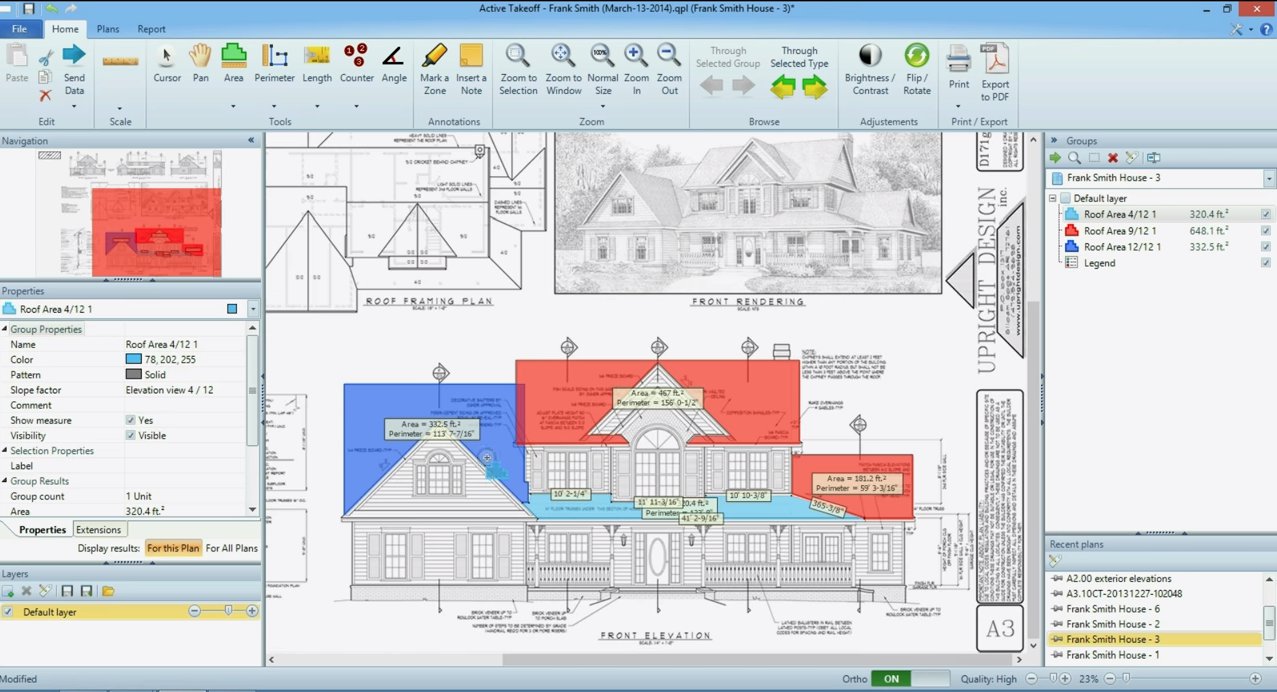

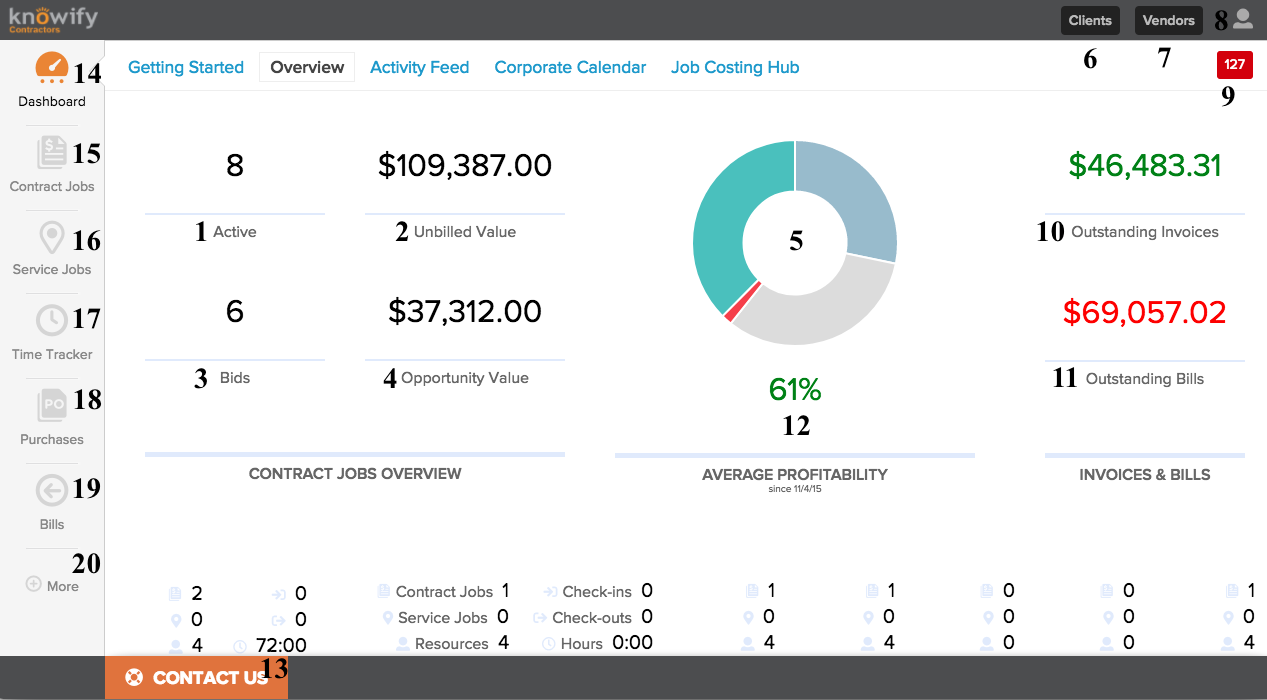

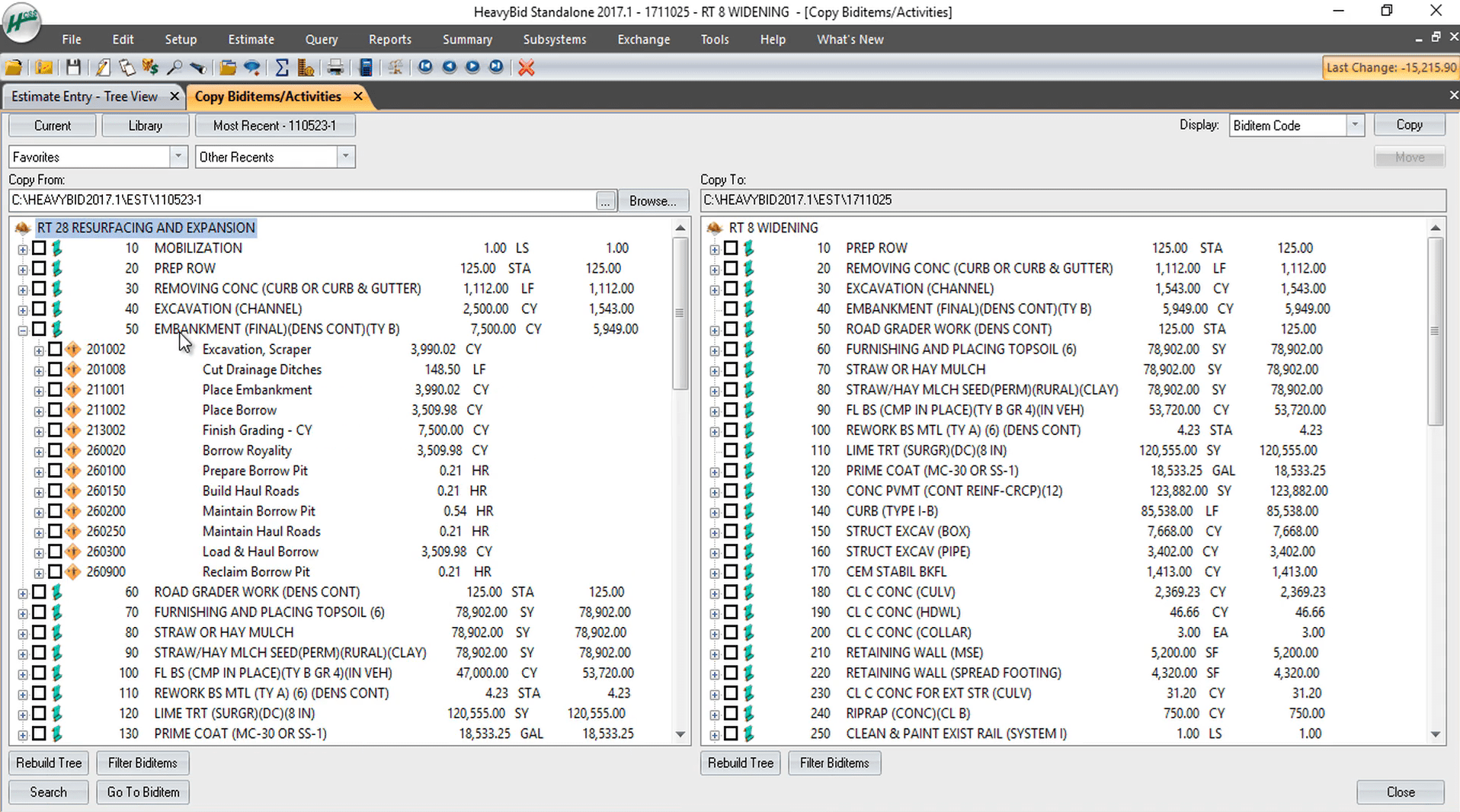
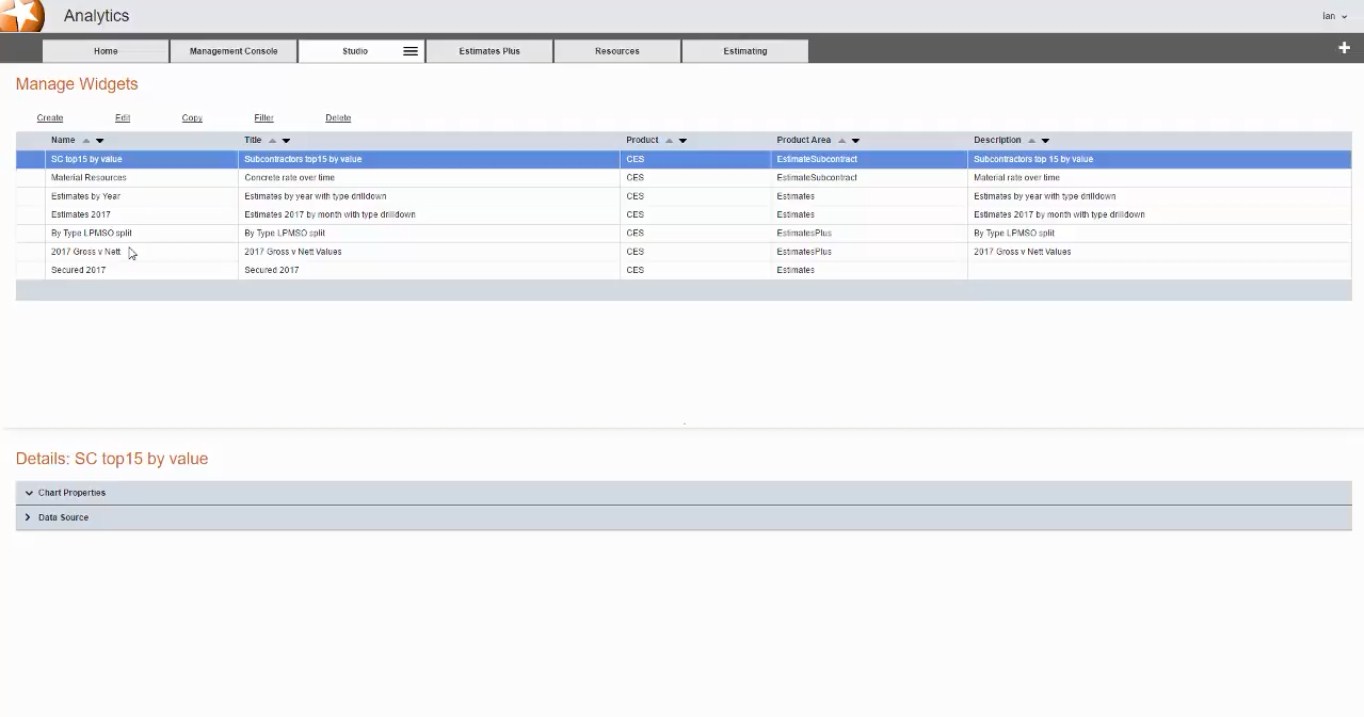
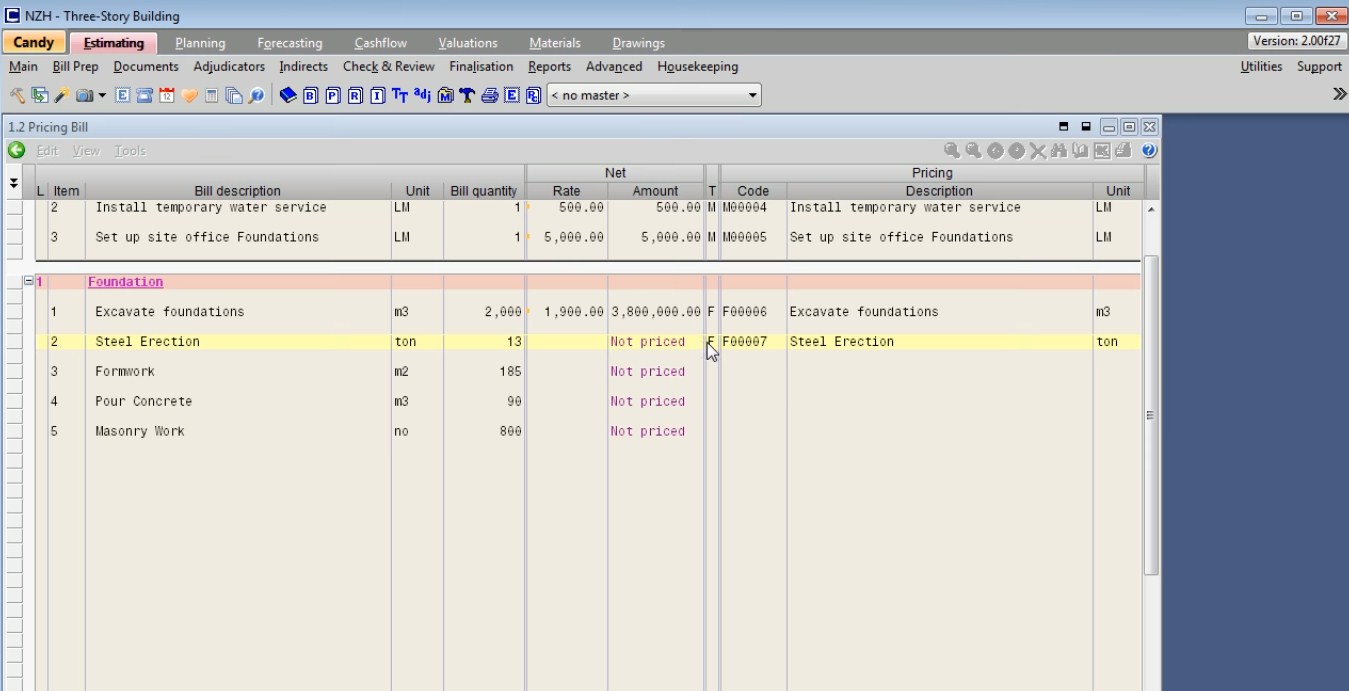
2 comments
Really what you want to do is sent in a much quicker to produce estimate to begin with. Many times construction companies and field service companies invest too much time in providing detailed quotes before getting any commitment form the client. That means spending the time going over to the property, talking with the client or often just a representative and then spending hours on what is effectively a tender not knowing if they have the budget or if they are just benchmarking you because they have a supplier but just need 3 quotes to fulfil their tender obligations or to beat down the price of their incumbent.
So, instead of going ask the client to send images, videos and schematics so you don’t have to travel and then send an estimate subject to a conformation of interest or an agreement in principal – and then visit. Saves a lot of time and expense and with the Covid 19 epidemic most clients actually prefer this.
Great point! Many a day has there been when submitting proposals or preparing proposals, that I found myself driving home way after 8:30 or 9:00 p.m. in the evening. This is especially true in the residential construction area. There’s nothing greater than a small portfolio of pics, measurements, and deadlines forwarded by the client to the sub ! Time is costly. And this approach seems to balance the budget kindly!!